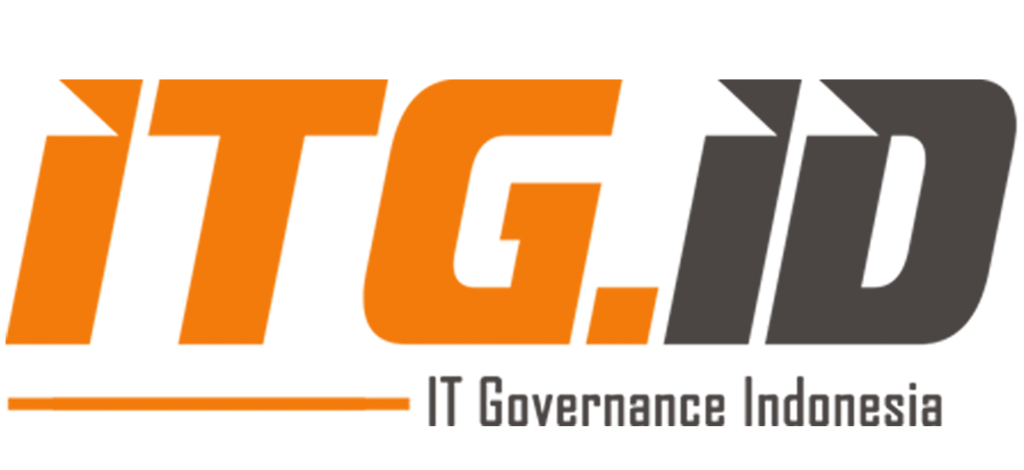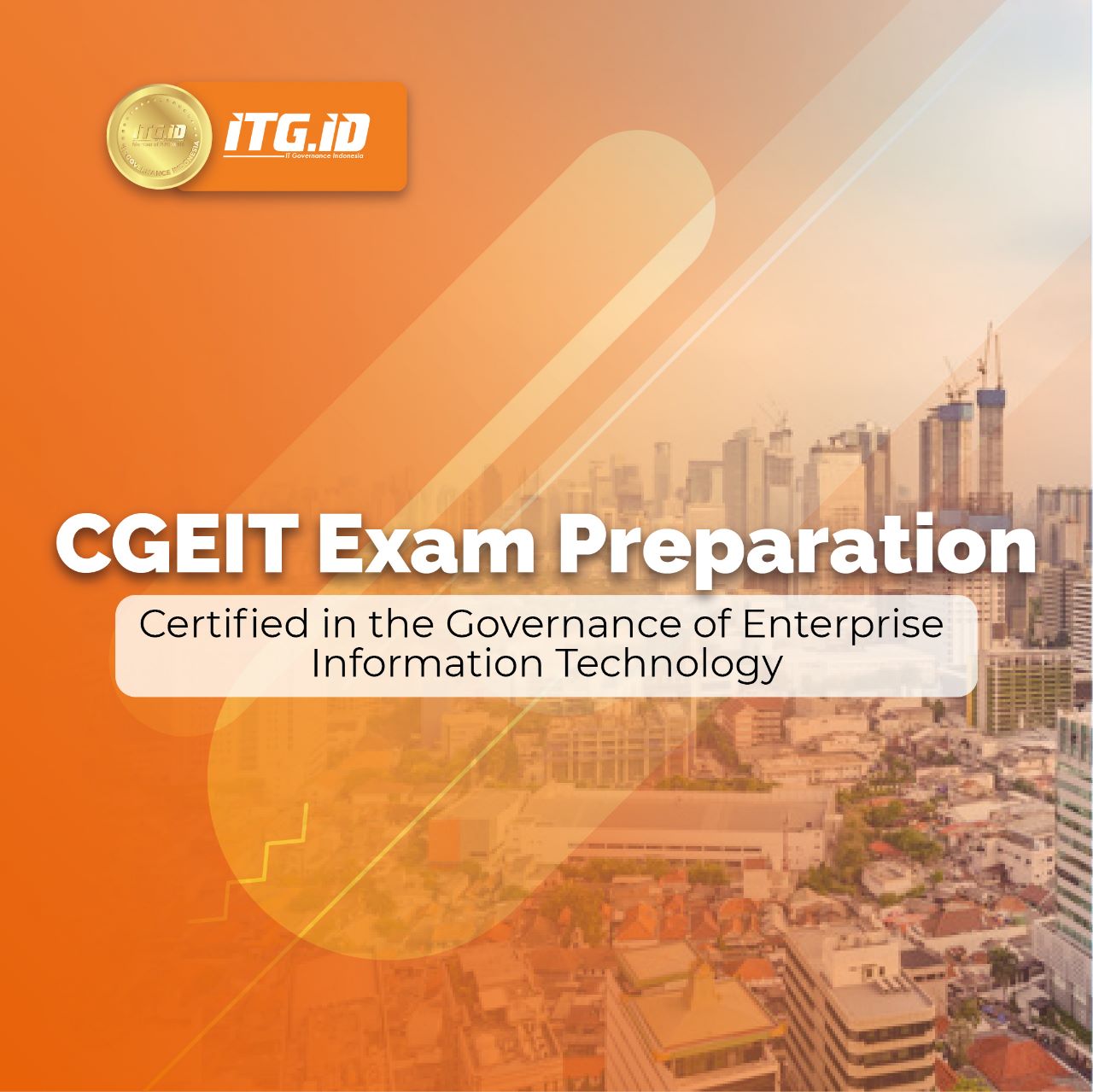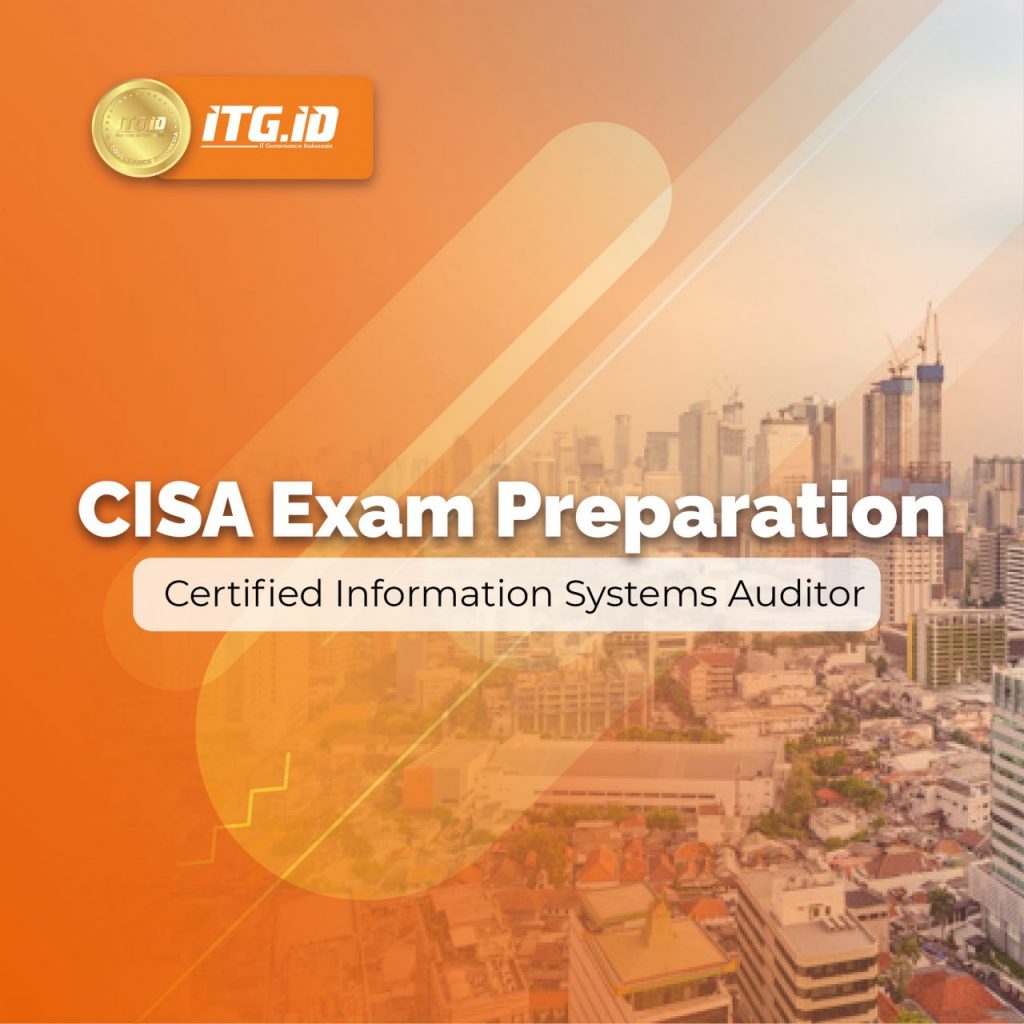As technology has become more and more vital to the achievement of business goals and value delivery, enterprise leaders have realized that enterprise governance must be extended to information technology and information systems. Successful enterprises now accept that it is critical to align IT projects, assets and processes with their business strategies and business goals. As a key component of overall enterprise governance, IT governance has emerged as a mission-critical issue for small and large business enterprises worldwide. In order to support the growing demand from business and to promote good IT governance practices, ISACA® created the first and only designation to recognize skilled IT governance professionals—the Certified in the Governance of Enterprise IT® (CGEIT®) certification.
Objective
Good IT governance is a key element of a well-performing enterprise. Enterprisesneed qualified information systems professionals with knowledge and expertisethat can help them identify critical issues and customize company-specificpractices to support the governance of information and related technologies.The uniquely governance-focused CGEIT certification ensures holders arecapable of bringing IT governance into an organization, can grasp the complexsubject holistically, and enhance the value that the enterprise obtains from its IT.Since its inception in 2007, thousands of professionals around the world have earned the industry-leading* CGEIT designation as a means to affirm that they have the broad knowledge and wide-ranging experience necessary to support and advance the IT governance of an enterprise and ensure its IT and business systems align with optimum effectiveness and efficiency.
- Developed with the input of subject matter experts from around the world, the CGEIT designation is designed for professionals who have significant management, advisory or assurance roles relating to the governance of IT.
- CGEIT enhances your credibility, influence and recognition and demonstrates that you have proven experience and knowledge in the governance of enterprise IT.
- CGEIT helps enterprises identify and hire professionals who have IT governance knowledge and experience and is considered by many companies and governmental agencies as a prerequisite for employees involved with enterprise IT governance.
- CGEIT provides holders with greater recognition in the marketplace and influence at the executive level—and many holders consider it very valuable to their career progression and ability to deliver value to their enterprises.
- CGEIT combines the achievement of passing a comprehensive exam with recognition of a minimum of five years proven work experience managing, advising on and supporting the governance of enterprise IT—including one year’s experience relating to the establishment and management of an IT governance framework.
- CGEIT holders know more than limited areas of IT governance—they are able to grasp the complex subject as a whole and enhance the value businesses get from their IT. addition to having passed an exam.
*Material is presented in English, while lecturing is in Bahasa Indonesia.
Target Audience
The CGEIT certification was specifically developed for IT and business professionals who have significant management, advisory, or assurance roles relating to the governance of enterprise IT, including:
- IS/IT Directors
- IS/IT Managers
- IS/IT Consultants
- IT Governance Professionals
- IS/IT Executives
Syllabus
- Framework for the Governance of Enterprise IT Day 1
- Components of a Framework for the Governance Of Enterprise IT (GEIT)
- IT Governance Industry Practices, Standards and Frameworks
- Business Drivers Related to IT Governance
- IT Governance Enablers
- Techniques Used to Identify IT Strategy
- Components, Principles, and Concepts Related to Enterprise Architecture (EA)
- Organizational Structures and Their Roles and Responsibilities
- Methods to manage Organizational, Process and Cultural
- Models and Methods to Establish Accountability for Information Requirements Data and System Ownership, and Processes
- IT Governance Monitoring Processes/Mechanisms
- IT Governance Reporting Processes/Mechanisms
- Communication and Promotion Techniques
- Assurance Methodologies and Techniques
- Continuous Improvement Techniques and Processes
- Strategic Management Day 2
- An Enterprises Strategic Plan and How It Relates to Information Technology (IT)
- Strategic Planning Processes and Techniques
- Impact of Changes in Business Strategy on IT Strategy
- Barriers to the Achievement of Strategic Alignment
- Policies and Procedures Necessary to support IT and Business Strategic Alignment
- Methods to Document and Communicate IT Strategic Planning Processes
- Components, Principles and Frameworks of Enterprise Architecture
- Current and Future Technologies
- Prioritization Processes Related to IT Initiatives
- Scope, Objective and Benefits of IT Investment Programs
- IT Roles and Responsibilities and Methods to Cascade Business and IT Objectives to IT Personnel
- Benefits Realization
- IT Investment Management Processes, Including the Economic Life Cycle of Investments
- Basic Principles of Portfolio Management
- Benefit Calculation Techniques
- Process and Service Measurement Techniques
- Processes and Practices for Planning, Development, Transition, Delivery, and Support of Solutions and Services
- Continuous Improvement Concept and Principles
- Outcome and Performance Measurement Techniques
- Procedures to Manage and Report the Status of Investments
- Cost Optimization Strategies
- Models and Methods to Establish Accountability Over IT Investments
- Value Delivery Frameworks
- Business Case Development and Evaluation Techniques
- Risk Optimization Day 3
- The Application of Risk Management at the Strategic, Portfolio, Program, Project and Operations Levels
- Risk Management Frameworks and Standards
- The Relationship of the Risk Management Approach to Legal and Regulatory Compliance
- Methods to Align IT and Enterprise Risk Management
- The Relationship of the Risk Management Approach to Business Resiliency
- Risk, Threats, Vulnerabilities and Opportunities Inherent in the Use of IT
- Types of Business Risk, Exposures and Threats That Can Be Addressed Using IT Resources
- Risk Appetite and Risk Tolerance
- Quantitative and Qualitative Risk Assessment Methods
- Risk Mitigation Strategies Related to IT in the Enterprise
- Methods to Monitor Effectiveness of Mitigation Strategies and/or Controls
- Stakeholder Analysis and Communication Techniques
- Methods to Establish Key Risk Indicators
- Methods to Manage and Report the Status of Identified Risk
- Resource Optimization Day 4
- IT Resource Planning Methods
- Human Resource Procurement, Assessment, Training and Development Methodologies
- Processes for Acquiring Application, Information and Infrastructure Resources
- Outsourcing and Offshoring Approaches That May Be Employed to Meet the Investment Program and Operational Level Agreements and Service Level Agreement
- Methods Used to Record and Monitor IT Resource Utilization and Availability
- Methods Used to Evaluate and Report on IT Resource Performance
- Interoperability, Standardization and Economies of Scale
- Data Management and Data Governance Concepts
- Service Level Management Concepts



